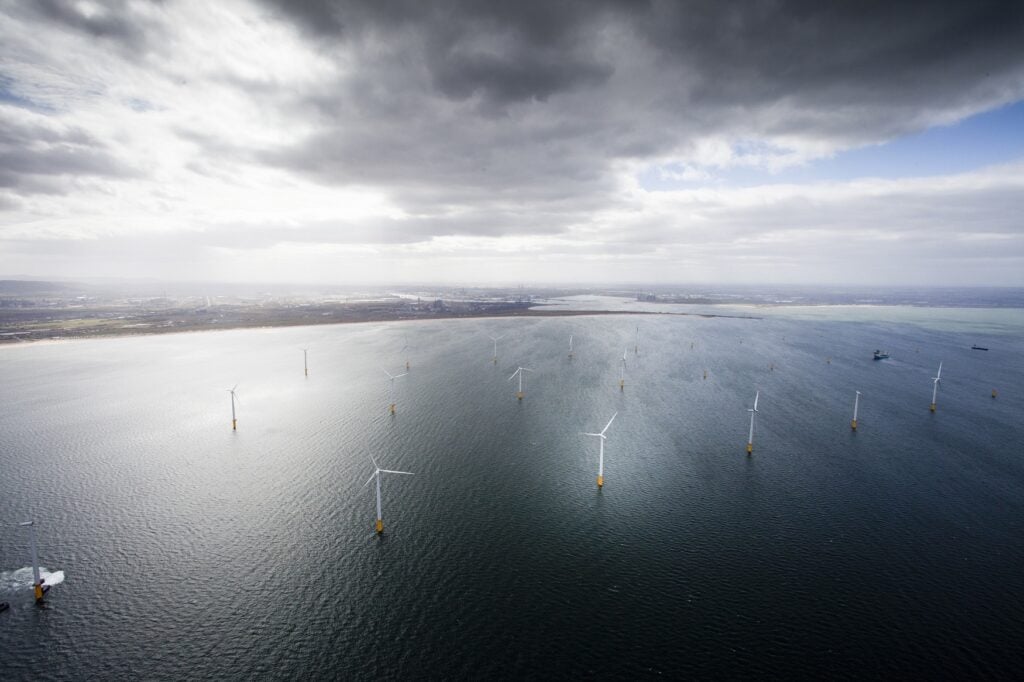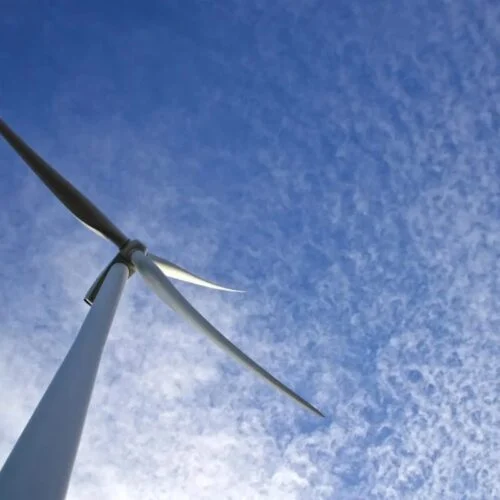The carbon intensity of the UK’s power grid fell below the targets set for 2030 over the bank holiday weekend, as high levels of wind generation led the way for low carbon sources to meet significant levels of overnight demand.
At its lowest point, carbon intensity on the grid reached as low as 79g CO2/kWh at midnight on Sunday, according to data released by National Grid. However Drax Electricity Insights, which combines data from the grid operator, Elexon and Sheffield Solar, placed the figure as at 72gCO2/kWh seven minutes later.
This coincided with around 9GW of generation from the UK’s wind assets, reaching as high as 9.8GW by 7:38am yesterday (27 August).
Overall, the UK Grid’s carbon intensity fell below 100g CO2/kWh for 32 settlement periods between 1:30am on Friday and 6:00am yesterday according to National Grid’s data. By 2030, the UK’s carbon targets have set the country on a course to try and achieve between 50-100g CO2/kWh.
This was buoyed by significantly lower gas generation which ranged between 2.5GW to 4.7GW overnight into Monday. The majority of the remaining demand met required by the UK was delivered by nuclear, which still generated less than wind, while small amounts of hydro, biomass and interconnectors or storage made up the rest.
National Grid’ control room made clear the significance of the energy system transformation it has adapted to in recent years with a tweet outlining decarbonisation it has seen in the power grid.
The renewable generation on the system also led to periods of negative pricing, falling as low as -£45/MWh in the early hours of Monday morning.
The figures cap off a difficult summer for wind assets, which have suffered from low generation during a heatwave which often saw solar overtake them as the principle source of renewable generation.
While National Grid was clear in 2017 that the UK had seen the greenest summer ever, it is unlikely that 2018 will beat this record as a result of lower wind levels. However, 2018 has laid claimed to its own records, not least with solar generation setting a new record in May, while the UK also passed the threshold of 1,000 coal-free hours this year last month.






